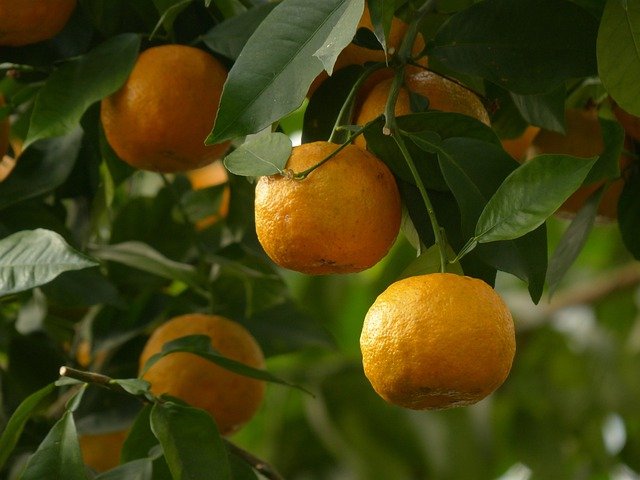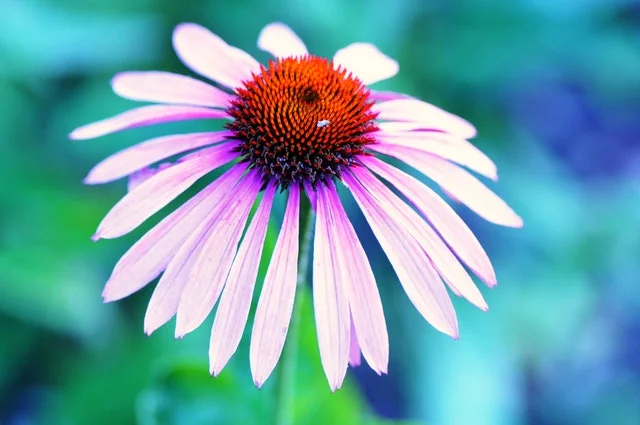
Petitgrain essential oil: properties, uses, active ingredients and chemical composition. From which plant this essential oil is obtained and how to produce it at home.
Petitgrain essential oil is extracted from the leaves and young twigs of Bitter Orange, a botanical species Citrus aurantium var. Bitter. The extraction process is by steam distillation. Petitgrain essential oil is widely used in aromatherapy, in the cosmetic industry and especially in the perfume sector. For the production of Petitgrain essential oil at home.
The chemical composition of Petitgrain essential oil sees the predominance of active ingredients and constituents such as geraniol, geranyl acetate, linalool, linalyl acetate, myrcene, nerol, neryl acetate and terpineol. Geranyl acetate is an alcohol-soluble monoterpene contained not only in the Petit grain essential oil but also in the essential oil of Neroli, geranium, lemongrass and palmarosa. Being soluble in alcohol, it can be used in the production of DIY perfumes; in the industrial field, geranyl acetate is widely used for the formulation of scented creams, soaps and perfumes. It is used to give creams a fruity and sweet touch. Neryl acetate is also heavily used to give creams and body lotions a floral and fruity aroma.
Differences between essential oil of Petitgrain, Orange blossom and Neroli
When it comes to bitter orange essential oil or bitter orange essence, we tend to fall into several misunderstandings. First of all, let’s say that the essential oil of bitter orange is extracted with a mechanical extraction process that sees the cold pressing of the orange peel, and for this reason it can be defined as essence of bitter orange. From the same tree (Citrus aurantium var. Amara) other essential oils are also produced such as Petitgrain, Orange blossom and Neroli essential oil. Let’s see what the differences are:
- Neroli
essential oil Neroli essential oil is extracted from bitter orange blossoms (Citrus aurantium subs. Amara) by steam distillation. - Orange blossom essential oil Orange blossom essential oil is extracted from bitter orange blossoms (Citrus aurantium subs. Amara) with an enfleurage
process, ie with a cold extraction using a solvent. - Petitgrain essential oil Petitgrain essential oil is extracted from the leaves of the bitter orange (Citrus aurantium subs. Amara)
Petitgrain essential oil, where to find it
If you are wondering where to buy Petitgrain essential oil, know that it is a very common essential oil even if not as widespread as the essential oils of other citrus fruits or those of lavender and peppermint. You can find the Petitgrain essential oil in herbalist shops, in shops specializing in natural products.
On the market there is no shortage of formulations created for massages.
If the Petitgrain essential oil must be diluted before coming into contact with the skin, the massage oil mentioned is already diluted in grape seed oil, rich in polyphenols, linoleic acid and omega 6 useful for toning massages for the neck, arms, legs and buttocks as it stimulates local microcirculation and has a significant antioxidant effect thanks to the high content of vitamin E.
Petitgrain essential oil, properties
After having seen the properties of the blend of Petitgrain essential oil and grape seed oil, let’s move on to the beneficial properties of Petitgrain. This essential oil is famous in aromatherapy for having a rebalancing and deodorizing action. Useful for relaxing and counteracting insomnia and anxiety. Thanks to its aroma and its deodorizing properties, it can perfume the house in an excellent way.
Petitgrain essential oil is recommended for acne, excessive sweating, oily hair and skin impurities. You can add a few drops of this essential oil to neutral skin care products.
For a cleansing face pack, add 2 drops of petitgrain essential oil to a green clay mask. The mask, thanks to the essential oil of Petitgrain, will be able to rebalance the production of sebum and counteract impurities and acne-prone skin.






